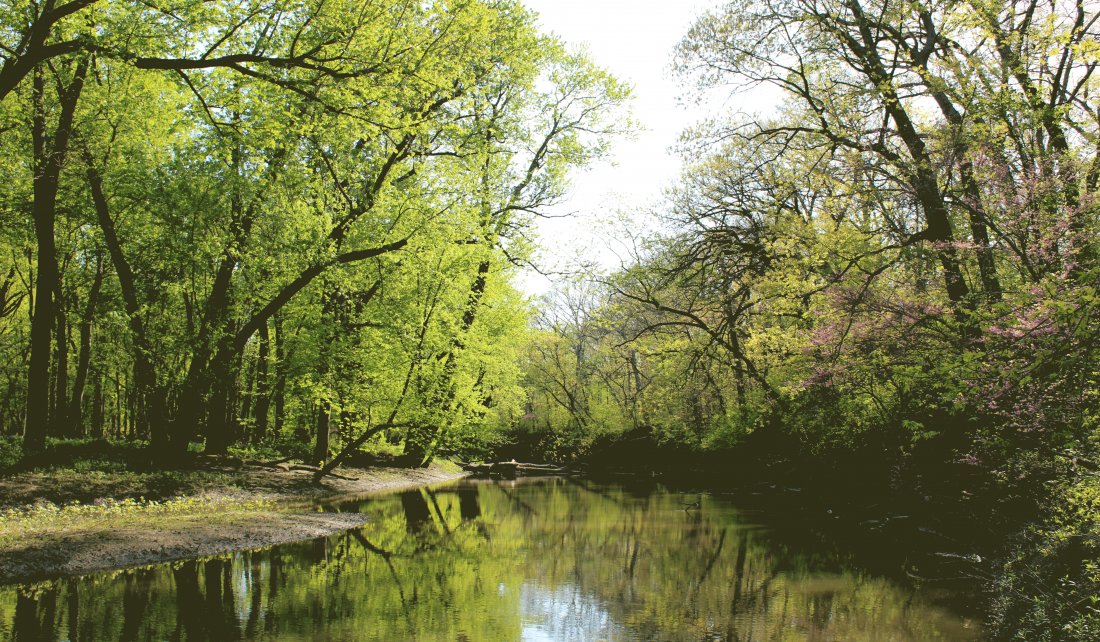
As part of the state’s ongoing commitment to reduce nutrient losses, the directors of the Illinois Department of Agriculture (IDOA) and Illinois Environmental Protection Agency (EPA) announced the release of the state’s second Nutrient Loss Reduction Strategy Biennial Report. This report describes actions taken in the state during the last two years to reduce nutrient losses and influence positive changes in nutrient loads over time.
The Illinois Nutrient Loss Reduction Strategy (NLRS) is one of many state strategies developed and implemented over the 31-state Mississippi River basin that are intended to improve water quality. Illinois’ strategy provides a framework for reducing both point and non-point nutrient losses to improve the state’s overall water quality, as well as that of water leaving Illinois and making its way down the Mississippi River into the Gulf of Mexico.
“The report illustrates all facets of agriculture coming together to promote best management practices,” said John Sullivan, IDOA director. “The next step is transitioning more farmers from awareness of nutrient loss practices to application.”
“The 2019 biennial report describes some the dramatic reductions in total phosphorus discharges from some of the largest wastewater treatment facilities in the state,” said Illinois EPA director John Kim. “We’ve already nearly met one of our 2025 goals of 25% reduction of phosphorus from the point source sector, and we look forward to continued nutrient reductions.”
These reductions are a direct result of investments by wastewater treatment facilities to meet more stringent nutrient permit limits. Illinois officials expect to see continued progress in meeting long-term goals as additional planned wastewater treatment facility upgrades occur.
Illinois NLRS was first released in 2015 with the long-term goal of reducing nitrogen and phosphorus in Illinois waterways by 45%. Interim goals include reducing the amount of phosphorus by 25% and nitrogen by 15% by 2025.
Implementation efforts are led by strategy partners in the Policy Working Group and other sector committees, guided by IDOA and Illinois EPA, with assistance provided by University of Illinois Extension. Illinois NLRS is part of a broader effort being implemented by states in the Mississippi River basin to reduce the amount of nutrients entering the Gulf of Mexico, which causes a “dead zone” of oxygen-depleted water.
Illinois-Indiana Sea Grant (IISG), working closely with IDOA, Illinois EPA, University of Illinois Extension and other partners, developed and produced the biennial report. Eliana Brown, IISG stormwater specialist, led the effort throughout.
Illinois-Indiana Sea Grant is a part of University of Illinois Extension and Purdue Extension.
This article is based on a press release from IDOA and Illinois EPA. Contacts are Krista Lisser (217)558-1546 and Kim Biggs (217)558-1536.

